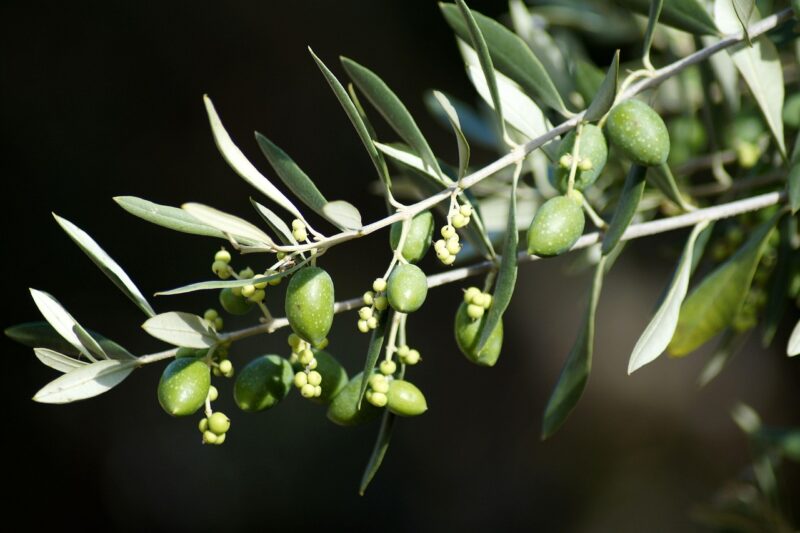In this article, we’ll explore the best fruit trees suited for Central Texas, providing you with knowledge to make informed gardening choices.
Peach
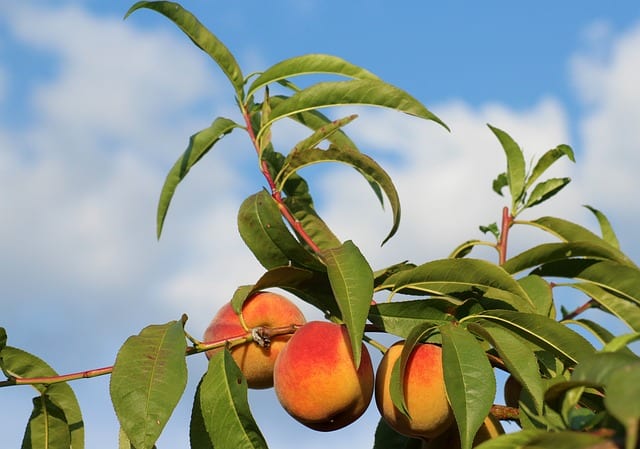
Peaches are a quintessential fruit for Central Texas, thriving in the area’s warm climate. Varieties such as ‘Loring’ and ‘Texstar’ are particularly popular among local growers due to their disease resistance and ability to flourish in the region’s climate. These trees prefer well-drained soil and benefit from full sun exposure, allowing for optimal fruit production.
Planting peaches in early spring is often the best practice, as it allows them to establish roots before the sweltering summer heat sets in. Adequate watering is essential, especially during the fruiting period, but overwatering should be avoided to prevent root rot. Regular pruning not only encourages a healthy tree structure but also improves air circulation, reducing disease risks.
Peach trees typically bear fruit from early to mid-summer, and their sweet, juicy produce is a treat for both fresh eating and home canning. With proper care, these trees can produce bountiful harvests for many years, making them a rewarding investment for any Central Texas homeowner.
Fig
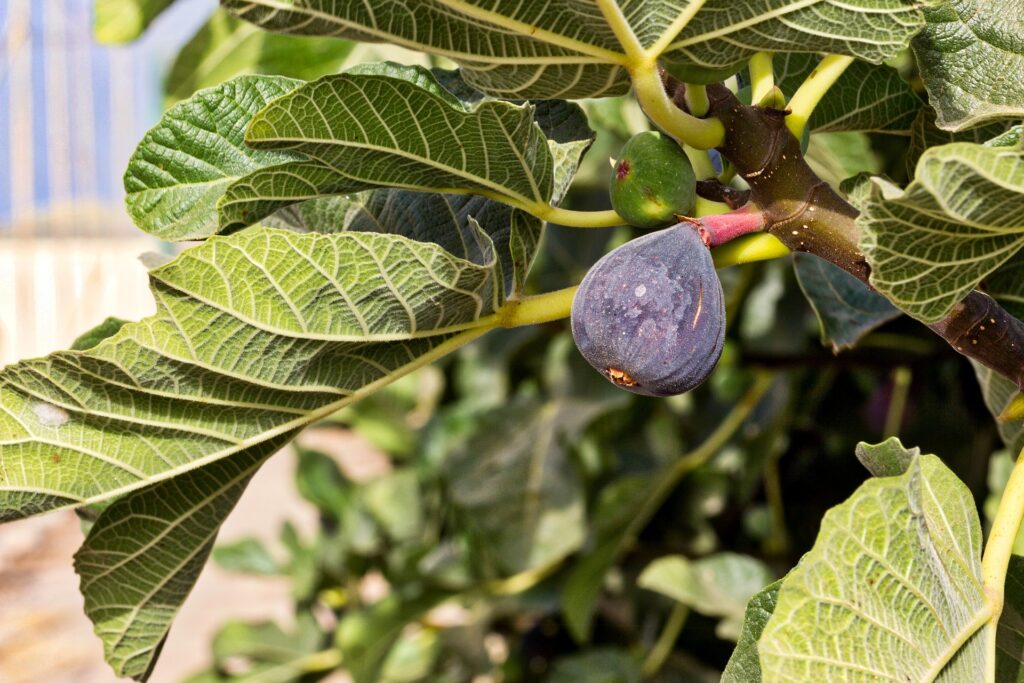
Figs are another excellent choice for Central Texas gardens, as they thrive in hot, dry conditions. The ‘Celeste’ and ‘Brown Turkey’ varieties are particularly favored for their adaptability and resilience. Fig trees can tolerate poor soil, which makes them an excellent low-maintenance option for gardeners.
Drought-resistant by nature, these trees require moderate watering, especially during the blooming period. They should be planted in well-draining soil and a location that receives full sunlight, as this will help maximize fruit production. One of the joys of growing figs is their ability to produce fruit in the first year after planting, offering a quick reward for your gardening efforts.
Fig harvest typically occurs between June and September, allowing gardeners to enjoy the sweet delicacies during the warm summer months. Not only can fresh figs be enjoyed straight from the tree, but they can also be preserved, turned into delicious jams, or used in baking. With their hardy nature and delicious fruit, figs are a staple in any Central Texas landscape.
Pomegranate
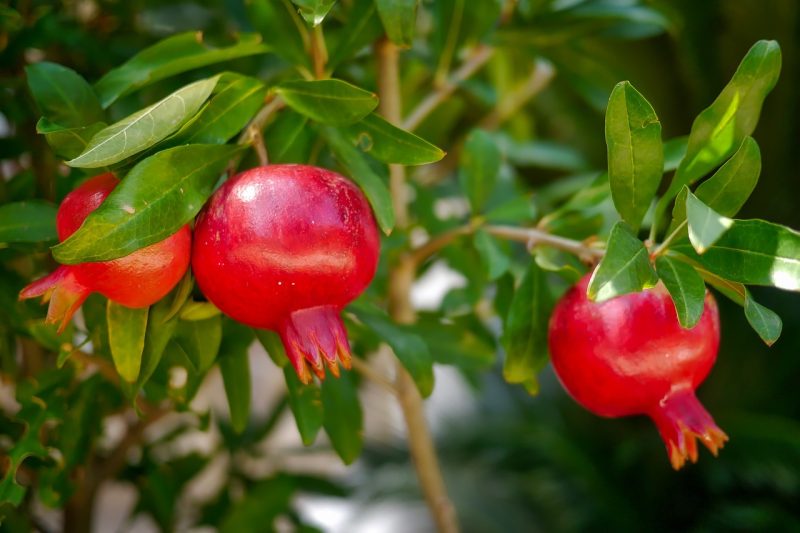
Pomegranate trees add a touch of elegance to any garden with their stunning blooms and ornamental appeal. Thriving in well-draining soil, this drought-tolerant tree is suited for Central Texas’ hot and arid environment. The ‘Wonderful’ variety is particularly recommended for its heavy yields and vibrant red fruit.
Planting pomegranates in early spring allows the trees to establish roots before the scorching summer heat. They flourish in full sunlight and can survive in less-than-ideal soil conditions. One of the remarkable traits of pomegranates is their resilience to pests and diseases, making them an excellent choice for low-maintenance gardens.
Harvesting pomegranates typically occurs from late summer to early fall. The jewel-like seeds within the thick skin are not only delicious; they’re also packed with nutrients, offering numerous health benefits. Enjoyed fresh, juiced, or in culinary dishes, pomegranates are a delightful addition to Central Texas gardens.
Plum
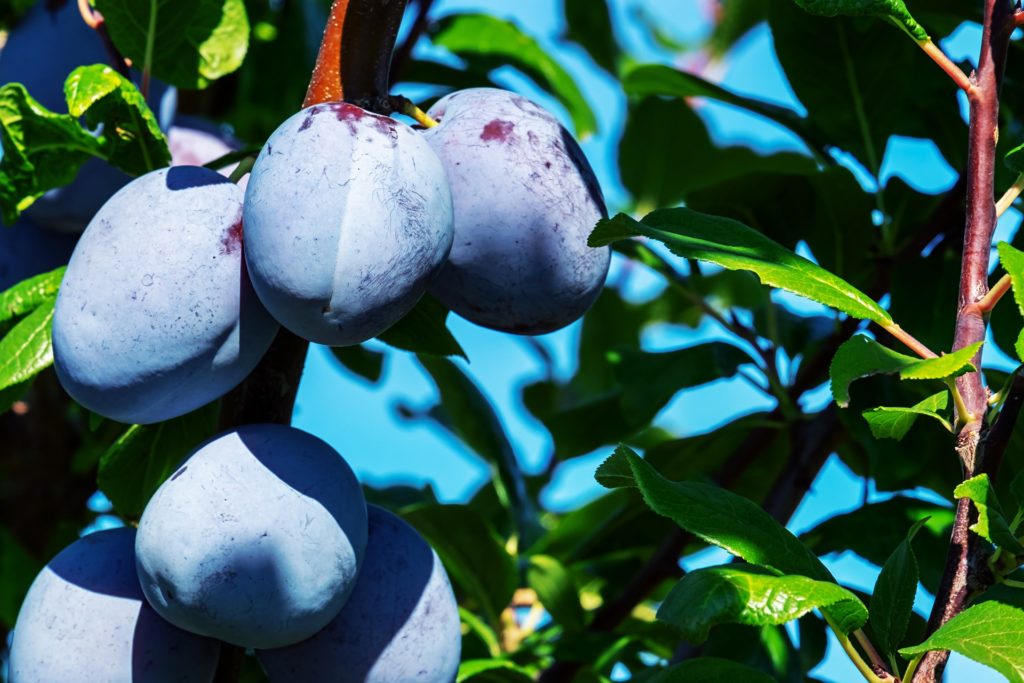
Plum trees are known for their succulent fruit and adaptability, making them a worthy contender in Central Texas. Varieties such as ‘Methley’ and ‘Santa Rosa’ are popular choices, known for their sweet, juicy flesh and overall vigor. These trees thrive in full sunlight and well-draining soil, making them relatively easy to grow.
It’s advisable to plant plum trees in early spring to allow them to establish roots. They require regular watering, especially during dry spells, but should not be overwatered. As the trees mature, regular pruning is beneficial, promoting airflow and reducing the likelihood of fungal diseases.
The plum harvest in Central Texas usually runs from late spring to early summer, offering a bounty of fruit for fresh eating, canning, or baking. The beautiful blossoms in spring also provide a stunning display, making plums appealing not only for the taste buds but the eyes as well.
Apple
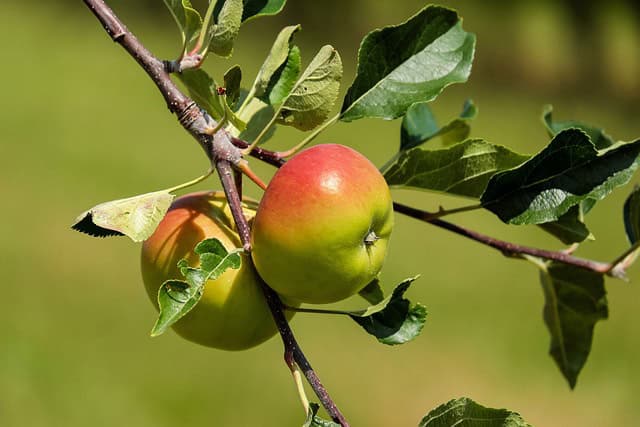
While apples are often associated with cooler climates, certain varieties can thrive in Central Texas. Look for heat-tolerant options such as ‘Anna’ and ‘Dorsett Golden,’ which are known for their ability to set fruit in warmer temperatures. These trees prefer well-drained, slightly acidic soil and flourish best in full sun.
To ensure successful apple production, it’s essential to plant at least two different varieties for effective cross-pollination. Watering is crucial, particularly during dry spells, but care must be taken to avoid overwatering. Pruning should be performed during the dormant season to maintain a healthy structure and optimize fruit production.
Apple trees typically bear fruit from late summer to early fall, offering sweet, crunchy delights that are perfect for fresh eating, baking, or making cider. With careful selection of varieties, Central Texas gardeners can enjoy a fruitful apple harvest despite the region’s warmer climate.
Pear
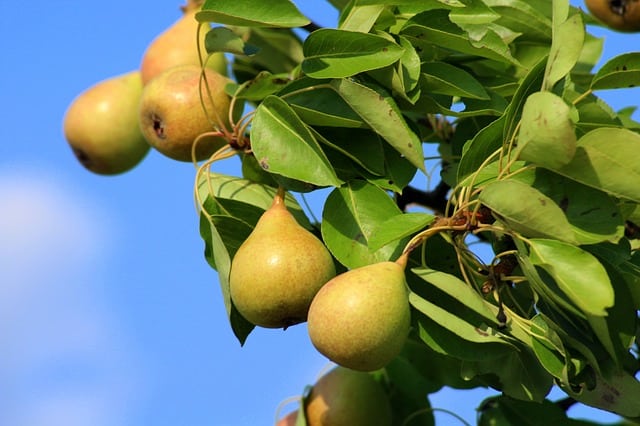
Pears are another fantastic option for Central Texas, with varieties like ‘Bartlett’ and ‘Kieffer’ thriving in the region’s warmth. These trees prefer well-draining soil and full sun exposure, making Central Texas an excellent growing environment. Pears are relatively low-maintenance, which adds to their appeal.
Planting pears in early spring allows the trees to establish themselves before the heat of summer arrives. They require consistent watering during dry periods, especially when the fruit is developing, but overly saturated soil should be avoided. Regular pruning during the dormant season can enhance air circulation and fruit quality.
Pears typically ripen from late summer to early fall, providing a refreshing treat as the weather starts to cool. Their sweet, juicy flesh is perfect for fresh eating, canning, and baking, making them a staple in many kitchens. With their delightful flavor and ease of care, pears are a worthy addition to any Central Texas garden.
Persimmon
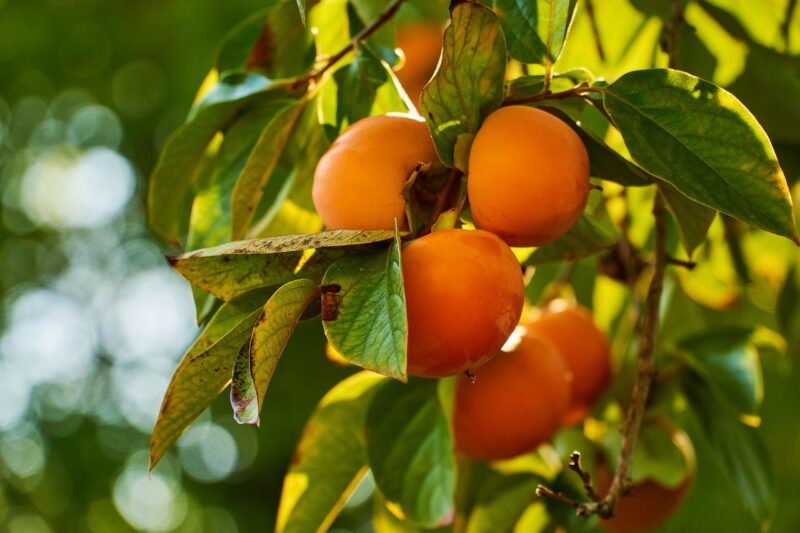
Persimmon trees are a unique fruiting option that adds a splash of flavor and color to Central Texas landscapes. The ‘Fuyu’ and ‘Hachiya’ varieties are popular choices, known for their sweet, non-astringent fruit. These trees thrive in well-drained soil and prefer full sun to achieve maximum fruit development.
Planting persimmons in early spring allows them to establish roots before the heat of summer takes hold. As a deciduous tree, persimmons require moderate watering, especially during fruit development. They are remarkably tolerant of drought, making them an excellent choice for gardeners looking to conserve water.
Harvesting persimmons generally occurs from late fall to early winter, providing a seasonal treat as the cooler months set in. These trees not only produce delicious fruit but also showcase stunning fall leaf colors, adding aesthetic appeal to any outdoor space. Enjoy persimmons fresh, dried, or used in various culinary applications for a delightful experience.
Jujube
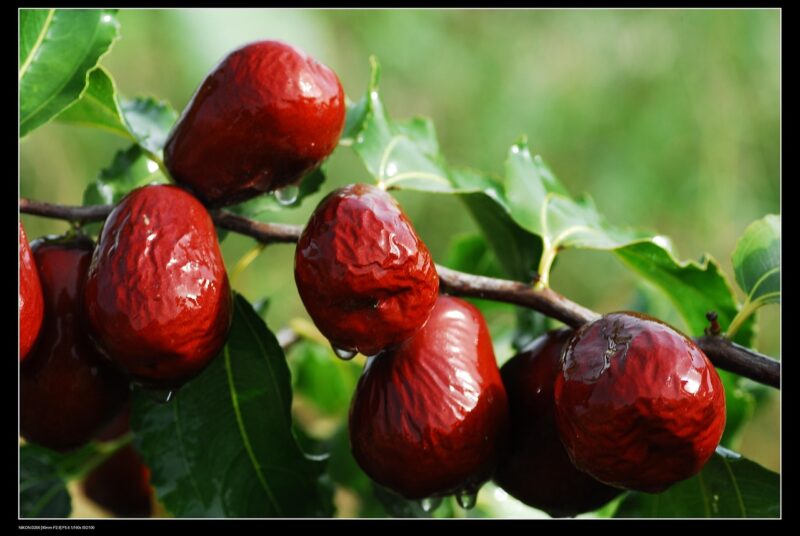
The jujube tree, also known as the Chinese date tree, is a lesser-known gem that thrives in the Central Texas climate. Known for its attractive, small fruit, the ‘Li’ and ‘Lang’ varieties are often recommended for their sweetness and versatility. Jujubes require well-drained soil and full sun, making them well-suited for the region.
These trees are incredibly drought-tolerant once established, requiring minimal watering as they mature. Planting them in the spring allows the trees to grow and adapt to the hot summers. Pruning should be done to maintain their shape, encourage fruit production, and prevent overcrowding.
Jujubes bear fruit in late summer to early fall, with their unique flavor reminiscent of dates when fully ripe. Fresh jujubes can be enjoyed straight from the tree, while dried jujubes make for delicious snacks. Their hardiness and unique taste make jujube trees a fantastic addition to any Central Texas landscape.
Loquat
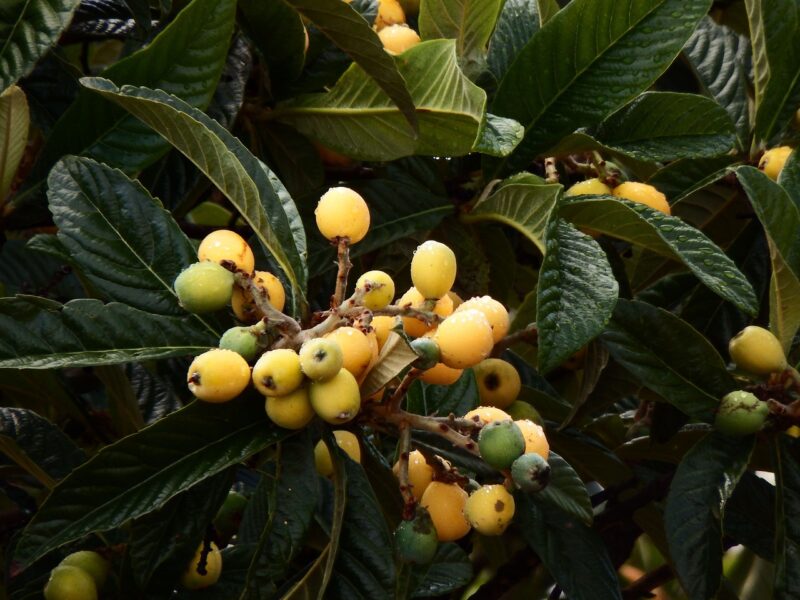
Loquat trees showcase beautiful foliage and provide delicious, sweet fruit, making them a valuable addition to Central Texas gardens. The ‘Champion’ and ‘Gold Nugget’ varieties are popular due to their fruiting reliability and vibrant flavors. These trees prefer well-drained soil and full sun, flourishing in the warm Central Texas climate.
Planting loquats in the spring allows them to establish roots solidly before the heat intensifies. They thrive with regular watering during dry spells but can tolerate brief periods of drought. These trees benefit from occasional pruning to maintain size and shape while promoting better fruit production.
Loquats produce fruit in late spring to early summer, providing a fresh, tangy flavor that is perfect for snacking or adding to desserts. Their unique taste and the stunning appearance of the tree make loquats an attractive option for gardeners looking to diversify their fruit selection.
Blackberry
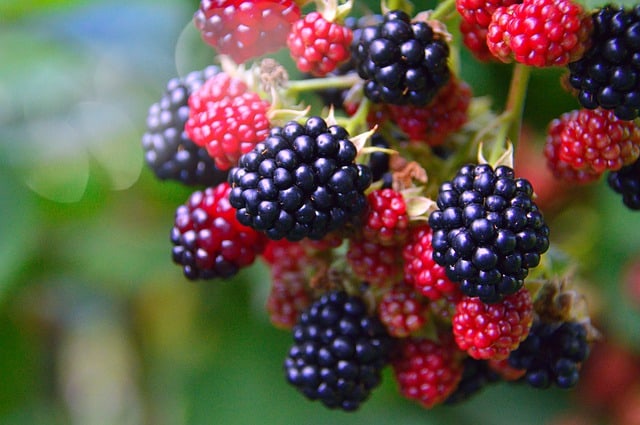
Blackberries thrive in the warm temperatures of Central Texas, with varieties such as ‘Brazos’ and ‘Navaho’ being particularly well-suited to the region. They prefer well-drained, loamy soil and full sun to achieve optimal growth and fruit production. These berry bushes can be grown in shrubs or trained along trellises, adding vertical interest to your garden.
Planting blackberry canes in early spring allows them to establish roots before the blistering heat arrives. Regular watering is essential during the growing season but should be balanced to prevent root diseases. Pruning should be done in late winter to encourage healthy growth and fruiting.
Blackberries typically bear fruit from June to August, offering juicy bursts of flavor perfect for fresh eating, baking, or preserving. With their vigorous growth and delicious berries, blackberry bushes make a delightful and productive addition to any Central Texas yard.
Olive Tree
Olive trees are an exotic yet practical choice for Central Texas, thriving in the region’s warm, dry climate. Varieties such as ‘Arbequina’ and ‘Frantoio’ are commonly grown due to their adaptability and quality oil production. These trees prefer well-drained soil and are highly drought-resistant, making them perfect for water-conscious gardeners.
Olives should be planted in well-draining soil with full sun exposure, allowing them to establish roots robustly. Minimal watering is required once established, as these trees flourish in arid conditions. Pruning can help maintain shape and promote air circulation, reducing the risk of disease.
Harvesting olives typically occurs from late fall to early winter, offering a unique opportunity to create homemade olive oil or enjoy them in various culinary dishes. With their striking silver foliage and resilience, olive trees provide both beauty and utility to Central Texas gardens.
Mulberry
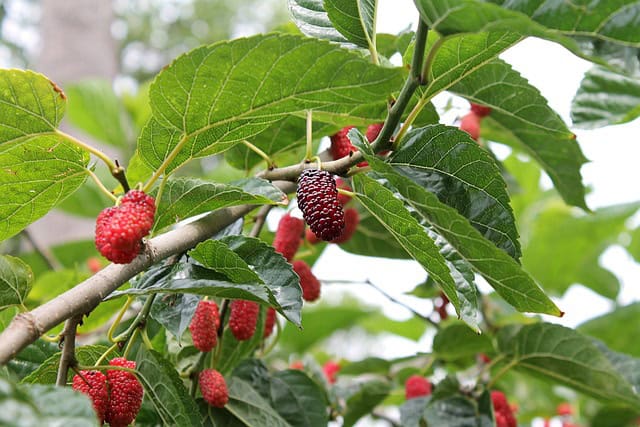
Mulberry trees are fast-growing and adaptable, making them a rewarding fruit tree choice for Central Texas. With varieties like ‘Illinois Everbearing’ known for their sweet fruit, these trees thrive in full sun and well-drained soil. They are particularly resilient and can handle a range of soil types, making them a flexible option for gardeners.
Planting mulberries in early spring allows the young trees to establish before the summer heat. Regular watering is necessary to keep young trees hydrated, and older, established trees can tolerate brief periods of drought. Pruning can promote better air circulation and prevent overcrowding, resulting in a healthier tree.
Mulberries bear fruit from late spring to early summer, providing a bounty of sweet berries that can be eaten fresh, made into jams, or baked into desserts. Their lush foliage, along with the striking fruit, makes mulberries not only a delicious choice but also an excellent ornamental addition to any Central Texas yard.



